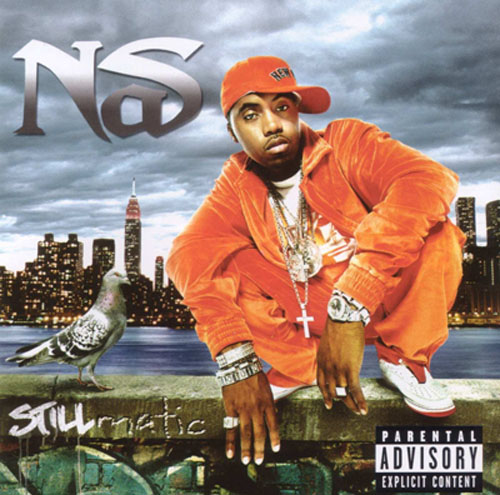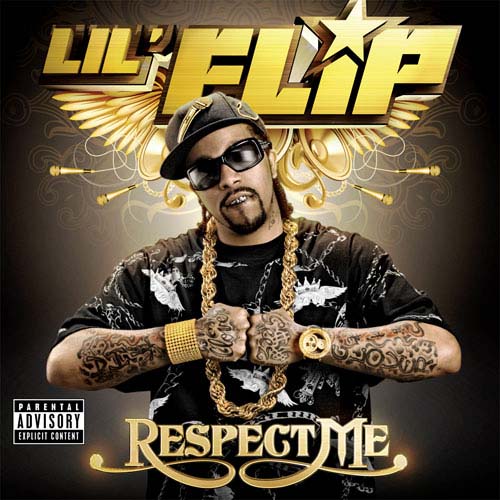Conspicuous Consumption and Materialism
"Making it" in the hip-hop scene is viewed by many youths residing in inner cities, as a means through which one can escape the grasp of poverty and trade it in for a life of wealth and fame. Thus, hip-hop fans engage in the process of conspicuous consumption in the hopes of obtaining a lifestyle similar to that of their favorite hip-hop artist. Roopali Mukheriee states, "as recent reports suggest, in 2004, black teens between the ages of 12 and 19 spent more on clothing, fine jewelry, computer software, and athletic footwear relative to such patters among all other teenagers" (Mukheriee 604). This indicates that African American youth (who compose the majority of hip-hop listeners/consumers) participate the most in conspicuous consumption. The ghetto fabulous nature of rap music contributes heavily to the idea of conspicuous consumption among rap connoisseurs. Mukherjee further indicates, "Excluded from the realm of politics and social power, the ghetto fabulous aesthetic points to African American indulging in conspicuous consumption as their ticket to the American Dream, their way into the American polity" (Mukheriee 612). African American rap enthusiasts generate the idea that the consumption of goods, which are endorsed, owned, and sold by those who are established in the rap community assist in the realization of the American Dream. Tokenism and stereotypes are influential with respect to conspicuous consumption due to the fact that they highlight the ways in which a given hip-hop artist managed "make it". This in turn creates a desire within hip-hop consumers to purchase the products utilized and endorsed by those who "make it" resulting in the further commodification of hip-hop music. Those who "make it" have achieved, to a certain degree, the American dream.
 |
Mukheriee's claims can be reinforced through an Iconographic analysis of Nas' 2001 Stillmatic album cover. Both salience and point of view play a significant role within this image. Nas (depicted in an orange sweatsuit) is clearly the most salient aspect of this image. The image's point of view positions the viewer below the figure of Nas, who projected in front of a city skyline. This allows the viewer to connote the idea that Nas is bigger than the city and those who inhabit it, reinforcing the mentality that rap stars are elite members of the population. Nas is shown wearing designer clothing (Sean Jean suit, Jordan shoes, etc.) and expensive jewelry (chains, watches, bracelets, and diamond encrusted rings), all of which serve as signifiers within the image. His jewelry and clothing signify the idea that he has "made it" in the rap industry. These items ultimately connote the attainment of the American Dream, thus rap enthusiasts engage in the act of conspicuous consumption in the hopes that they too can realize this dream. Many of the items depicted in this image are directly marketed towards the individuals who fall victim to the consumption process. This in turn speaks to the materialist nature of the society in which we live. |
Materialism is heavily correlated to hip-hop culture. Scott Crosley indicates, "Whatever the connection between an alleged African American hyper-materialism and a "racial reflex" ingrained in black people as a result of their having once been sold as chattel, materialist notions and their consequences have seriously affected African Americans' collective pursuit of the American dream" (Crosley 622-623). Materialist desires can potentially serve as a means through which one ignores larger problems associated with one's societal position. The way in which some fans of the hip-hop genre attempt to obtain the American Dream is unique to say the least. Hip-hop culture exists as a "lifestyle 'with its own language, style of dress, music, and mind set that is continually evolving'" (Cummings 510). The American Dream provides hope for those who cling to the idea that they too can live a life similar to that of a hip-hop star. The music industry takes advantage of this hope; ultimately selling it as a commodity.
| A visual analysis of the cover of Lil' Flip's Respect Me album prove to reinforce Crosley and Cummings' ideas related to materialism within the hip-hop industry. It should be noted that one has to exist within the hip-hop code in order to understand the significance of this image. Lil' Flip's demanding gaze is anchored by the text, "Respect Me", allowing the viewer to arrive at the conclusion that he is a man to be respected within the hip-hop community. Additionally, his excessive jewelry demonstrates the role of materialism and conspicuous consumption with respects to the rap genre. Lil' Flip's jewelry, tattoos, and attitude (which is understood through his gaze paired with the text "Respect Me") demonstrate the power that he holds within a specific sect of American society. Furthermore, they highlight his connection with "thug life" and his unique attainment of the American Dream. |
 |
Each of the album covers depicted above epitomize the commodification of the rap genre. Rose asserts that, "discourse disciplines subjects into certain ways of thinking and acting" (Rose 192). These images interpellate viewers into existence as consumers, through unique displays of power. Rap enthusiasts desire to achieve lifestyles similar to those depicted in these images, thus they place value on materialist desires through engaging in acts of conspicuous consumption as an attempt to achieve the American Dream.
NAVIGATE TO OTHER PAGES
| Home | Early Hip-Hop | Authenticity | The Stereotypical Rapper | Hip-Hop: A Commodity | Sources |

